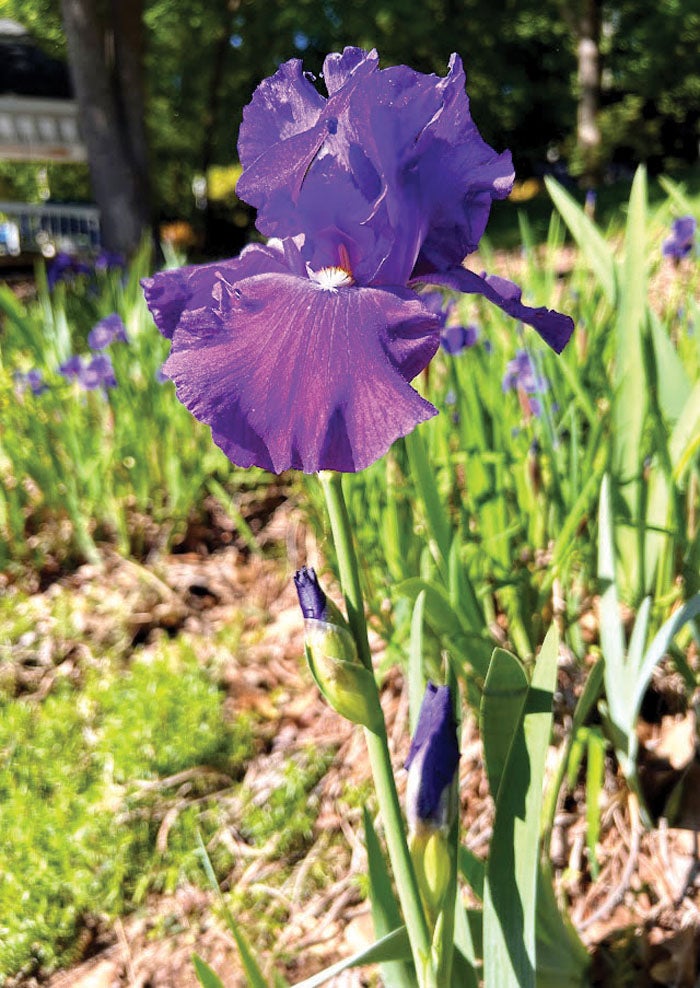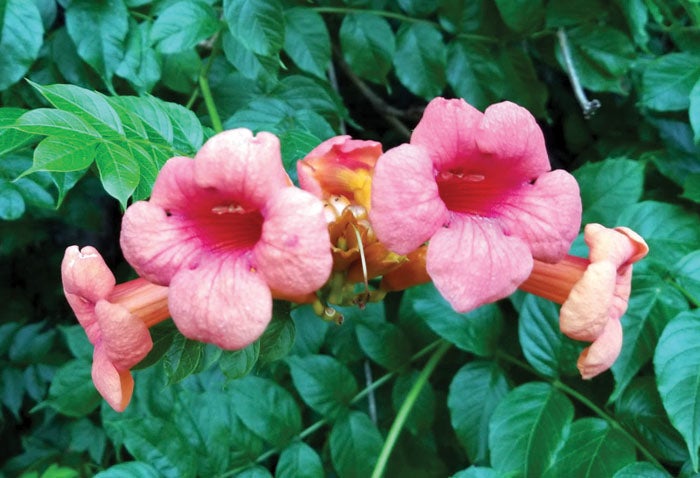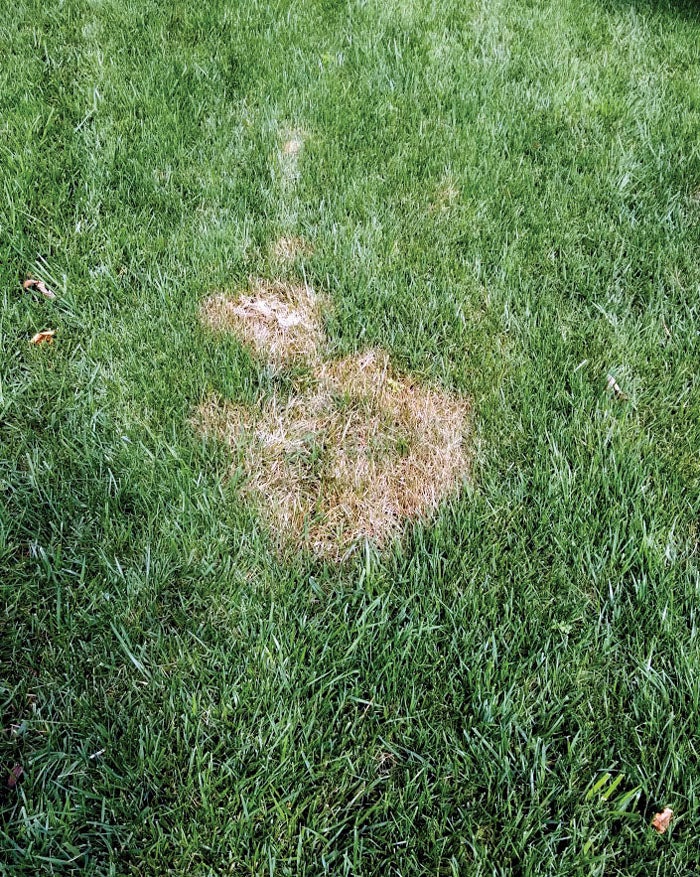H&G Q&A: Hot weather, rains prompt questions
Published 12:00 am Saturday, July 1, 2023
Hot weather has arrived and with its blunt heat many have questions about their gardens and landscapes. Plant growth has accelerated for most plants with the warm weather and recent rains. Unfortunately, the favorable environment often creates other plant-related problems. Below are a few situations that you may have encountered.
Question: I have a large bed of irises that are inundated with poison oak. Is there a herbicide I can spray that will kill the poison oak and not kill our irises?
Answer: Irises are categorized as a monocot and hypothetically, 2,4-D and other broadleaf weed killers will kill the poison oak, but not injure irises. However, its best to test a small section of the irises before spraying the entire bed. Often, herbicide blends may have other ingredients that will damage plants. Another remedy would be to selectively paint the poison oak leaves with a brush or sponge with glyphosate (Roundup) for complete control. Be very careful not to allow the herbicide to drip on leaves and stems of your irises.
Question: My lawn was absolutely perfect a few weeks ago. Now I have patches of dead brown areas showing up in sections in my lawn. What is this and is there anything I can do to eliminate the problem?
Answer: Your problem sounds like brown patch. It’s a fungal disease that attacks fescue generally in warm, humid weather as we’ve experienced over the past few weeks. There are preventative fungicides that will keep the fungus under control and reduce the spread of the disease; however, you must apply fungicides to the entire lawn on a regular basis for adequate control. The fungicide will not cure what is already affected. Controlling brown patch in fescue lawns is difficult once it becomes established.
Question: There is a vine with colorful orange blooms blooming in one of our trees. Do you know what type of vine this may be?
Answer: The vine is a trumpet creeper (Campsis radicans) also known as cow itch, trumpet vine, Devils shoestring and Hellvine. It is a native vine in our area, but has also naturalized also in the northern states. The vine acquired the name as cow-itch vine because the sap from the leaves and stems often causes skin irritation. The vine is considered somewhat of a weed because of its ability to grow vigorously almost anywhere and can reach a length of over 30 feet. It easily adjusts to trees, telephone poles, fences and other structures because of its massive number of tendrils that can grab onto multiple surfaces.
Darrell Blackwelder is the retired horticulture agent and director with the North Carolina Cooperative Extension Service in Rowan County. Contact him at deblackw@ncsu.edu.







